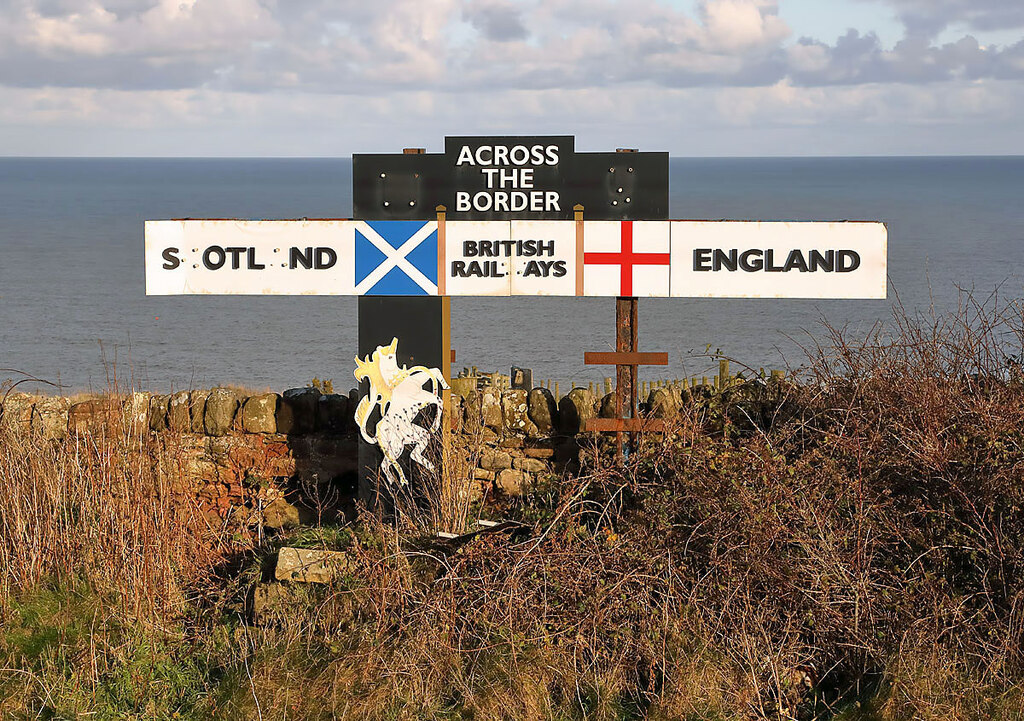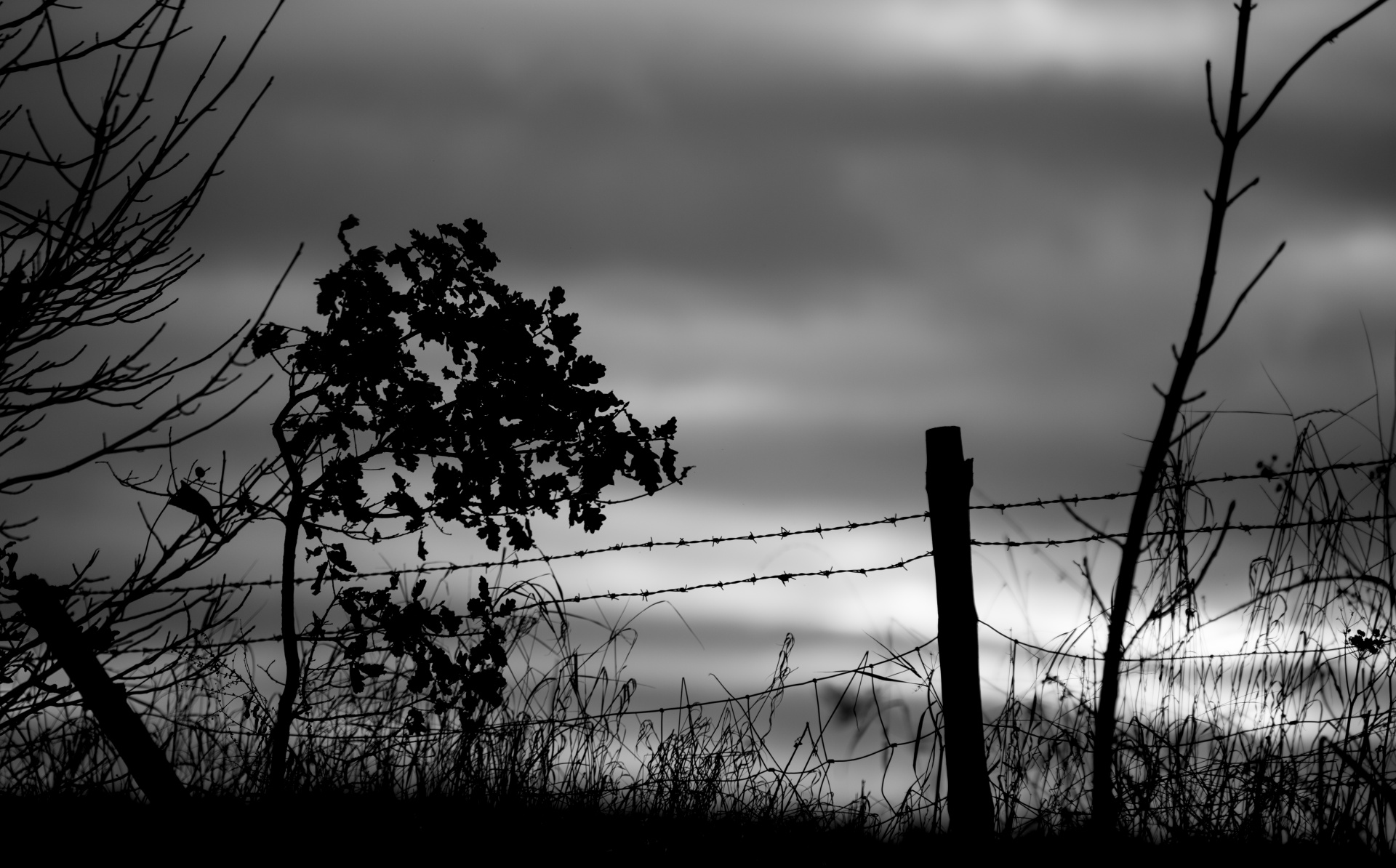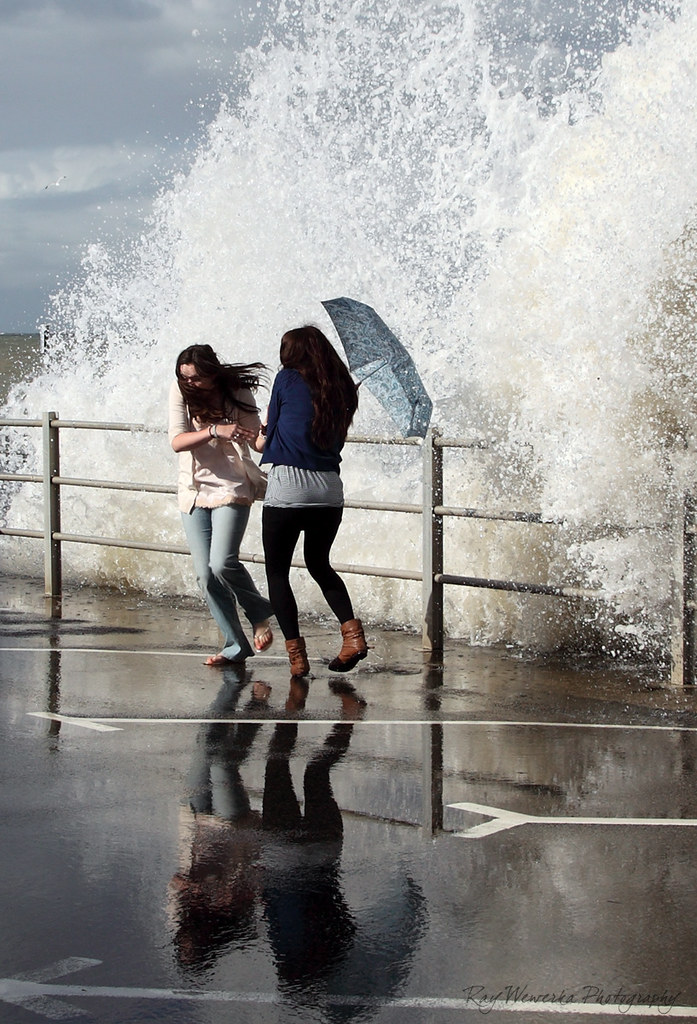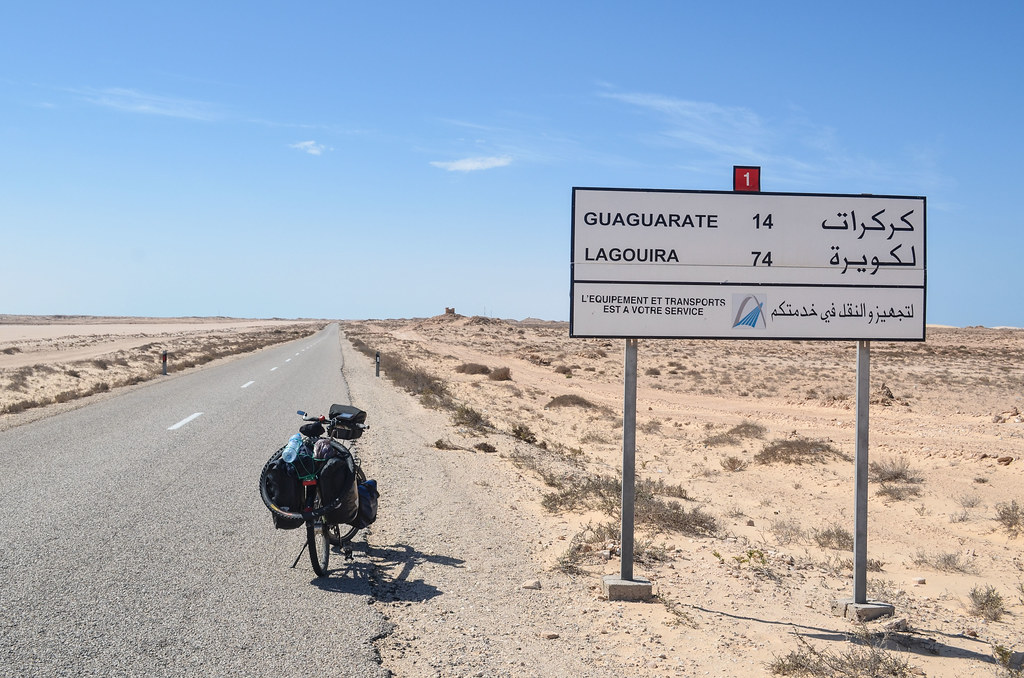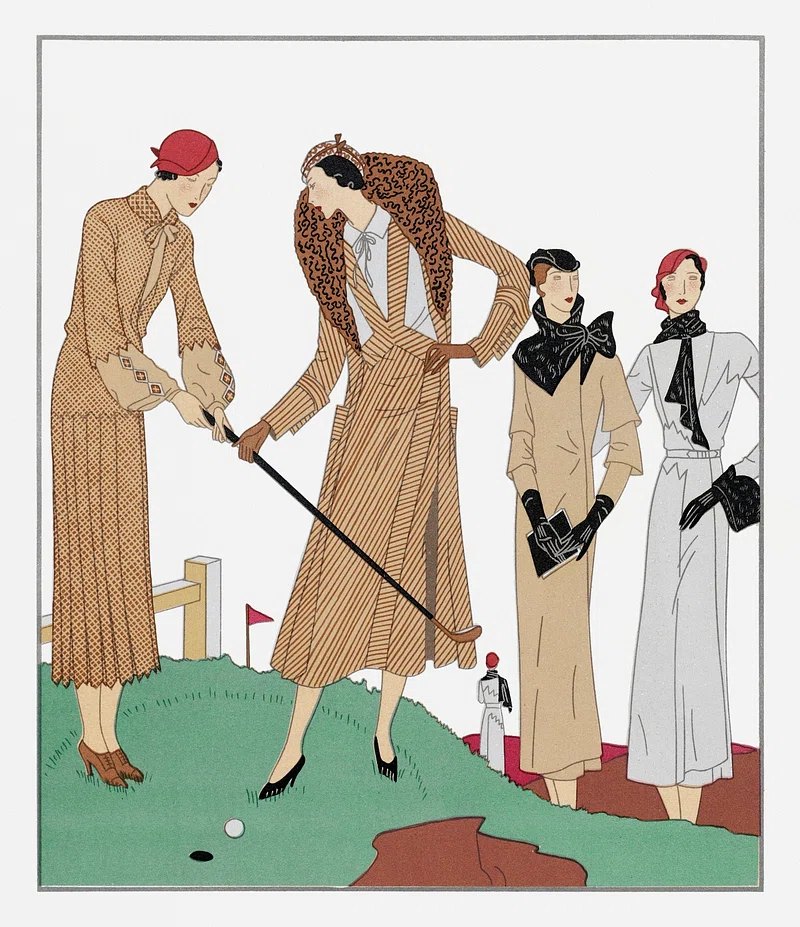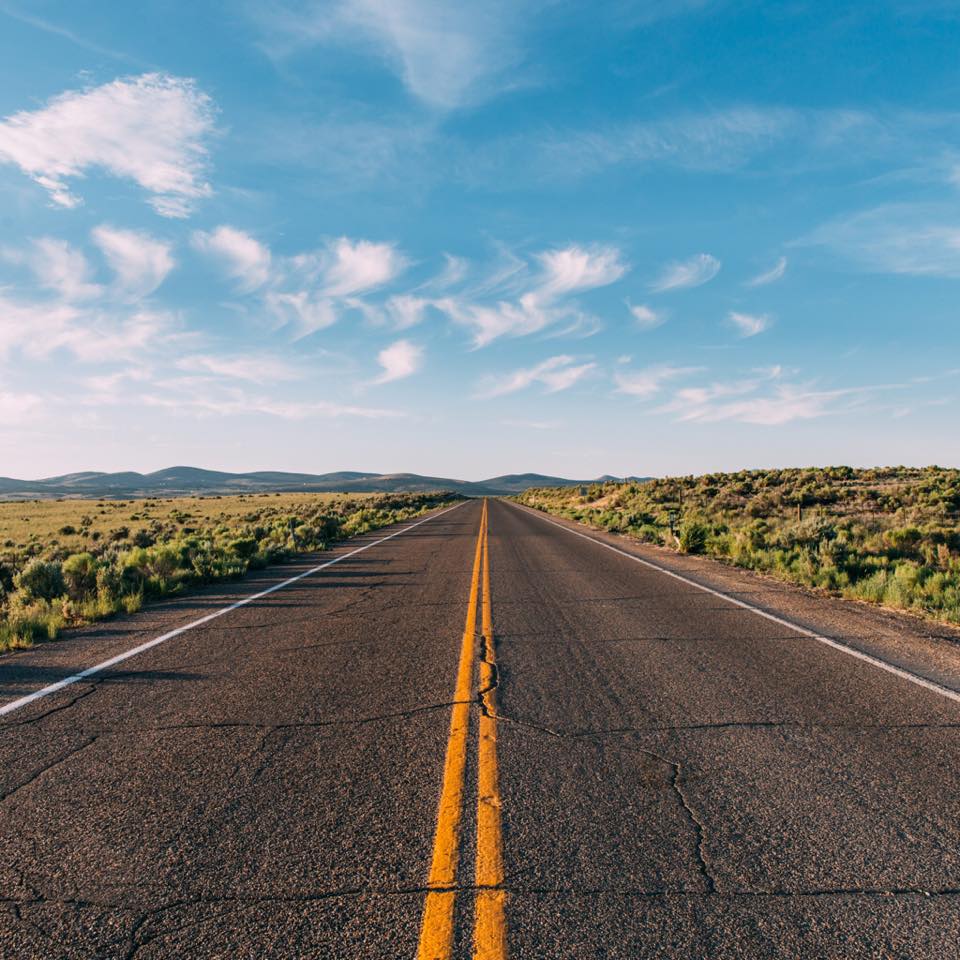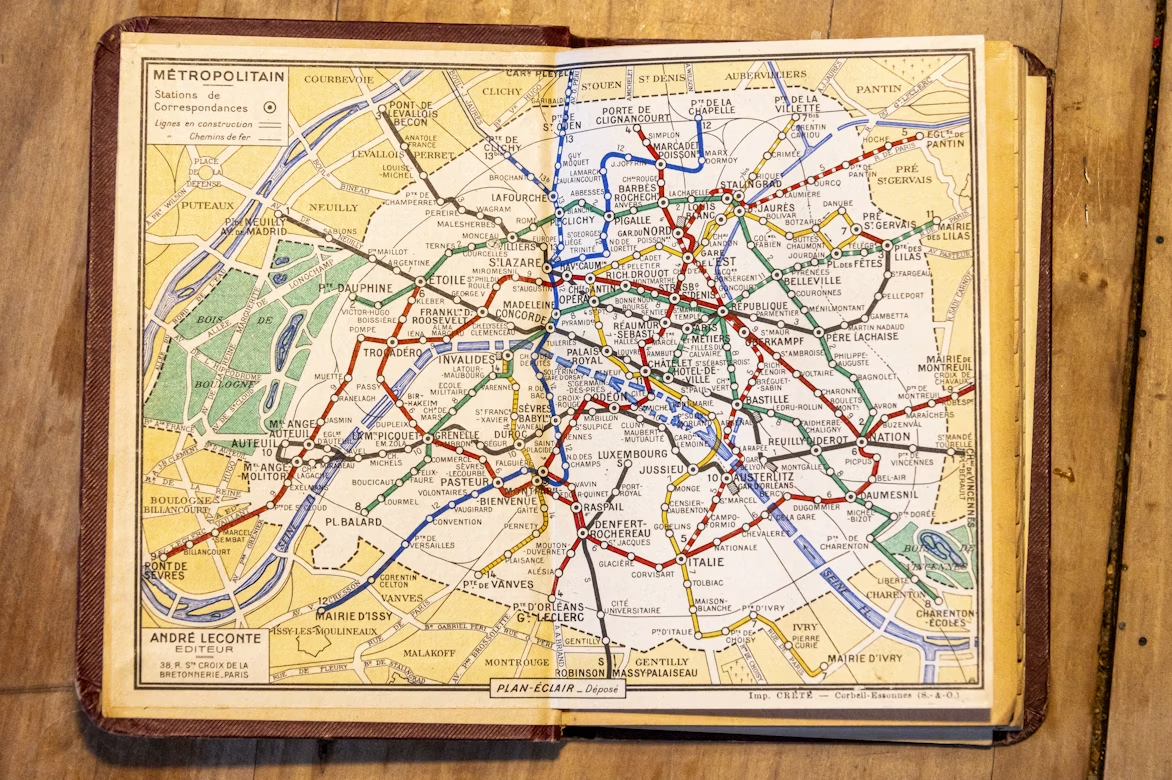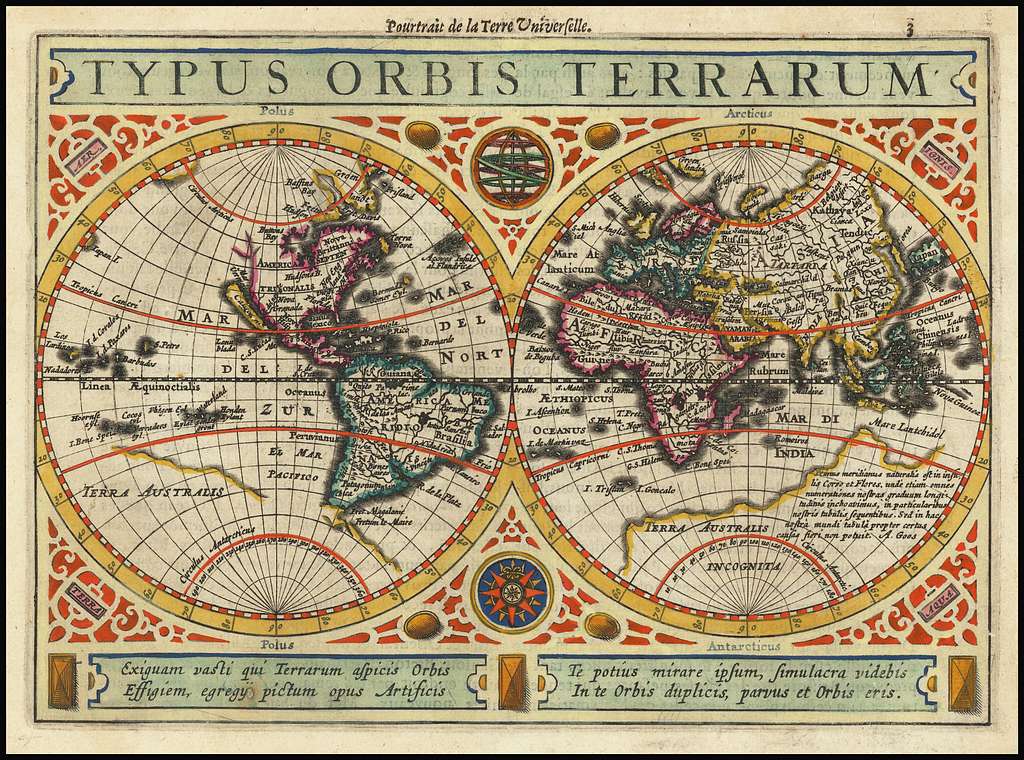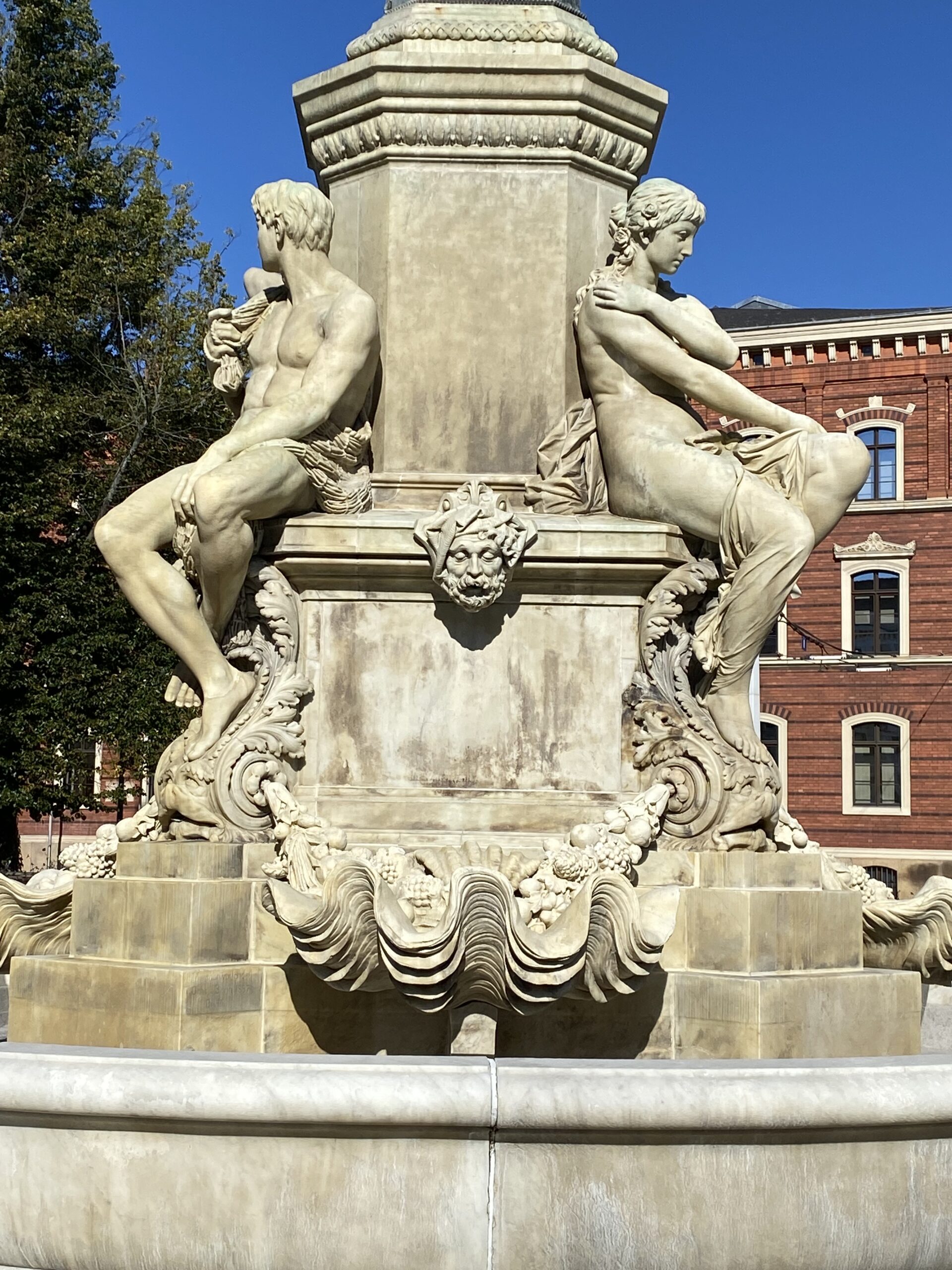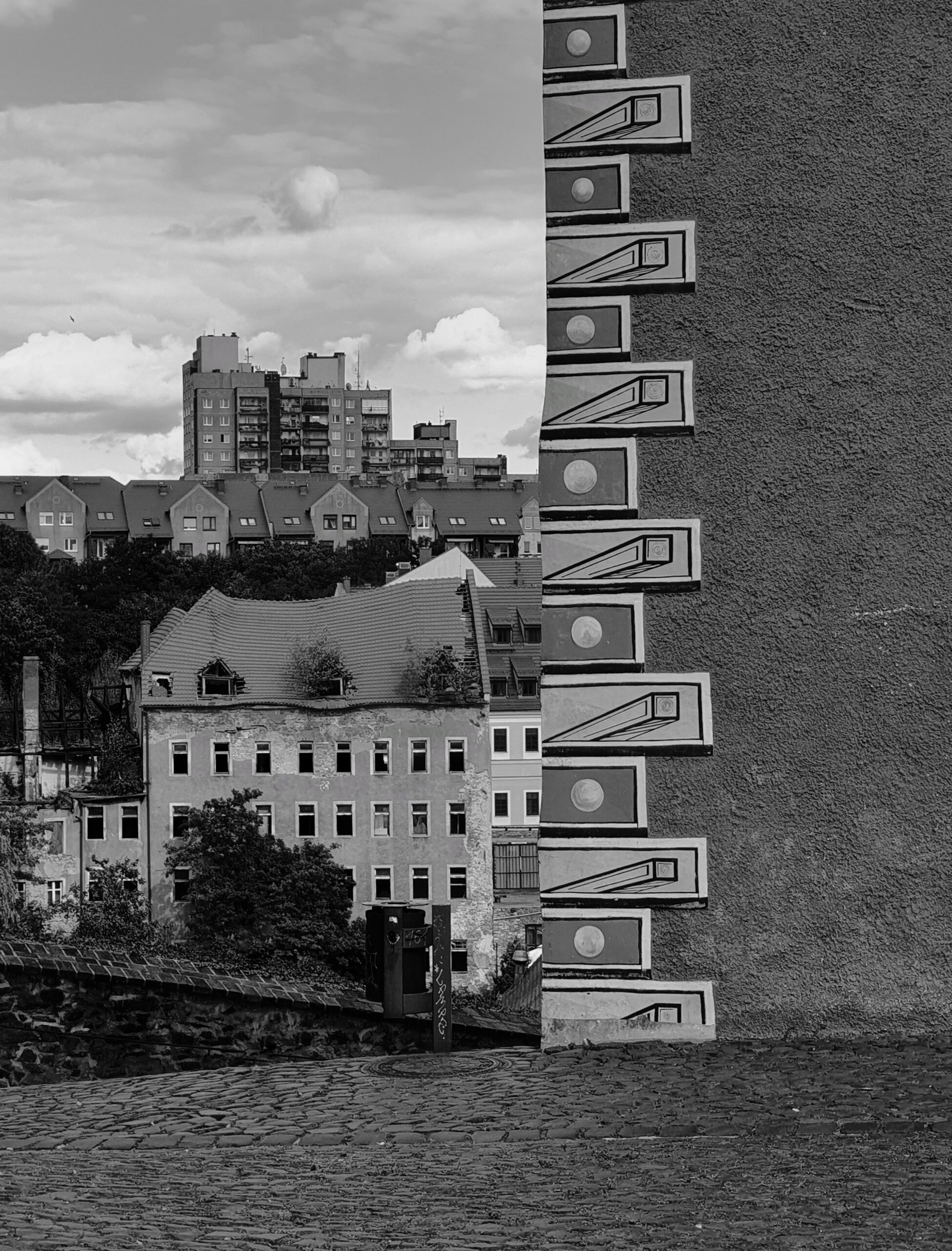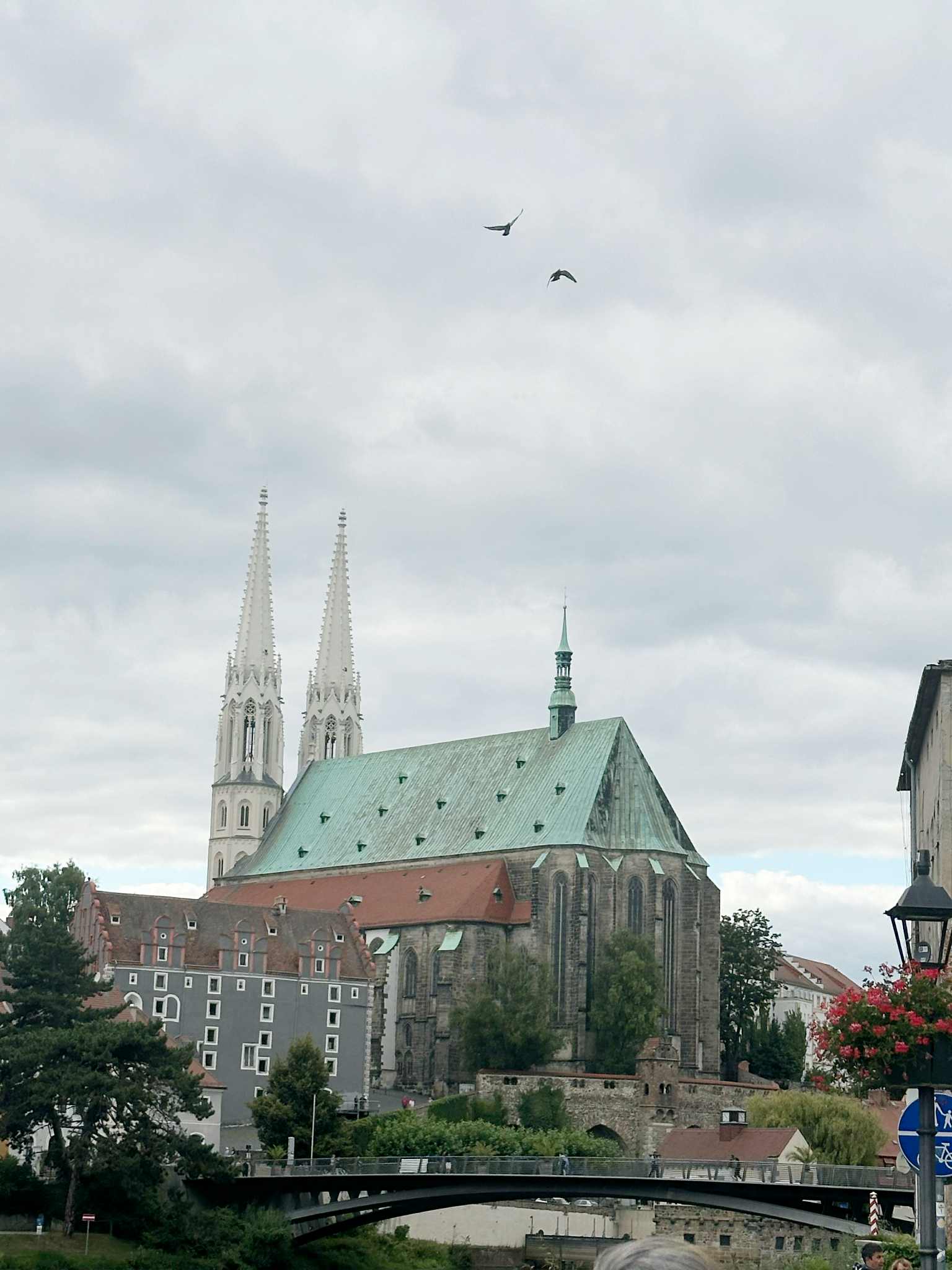In this lesson, students explore the idea of borders through photography using brainstorming, group work and visual examples. They discuss different types of borders, share personal experiences and present their insights. The session ends with reflections and feedback, while homework encourages further exploration through a photo walk, research or creative projects.
This lesson plan was created by educators as part of the B-SHAPES Summer School organised by ENRS in 2025.
See other lessons created by educators during the B-SHAPES Summer School:
- Borders through Landscape
- Borders through Oral History
Total time: 45 minutes
Target group: Students aged 14 and older (can be adapted for younger people)
Goals
- Learning about the concept of borders in our lives.
- Learning about photography as a lens to tell stories about borders.
- Learning to reflect on personal experience in abstract or universal terms and concepts.
- Reflecting on personal experiences with borders.
Lesson plan
Grab the students’ attention
- Introduction ‘What are borders?’
Ask students to think about their associations with borders. Instruct them to think of a border not only as an administrative divider, but also as a meeting or dividing point in society, emotions, culture, politics, history, economics and aesthetics. Create a mind map on a flipchart. 5 minutes
Guide them
- Ask students ‘How different can borders be?’ Then show 5 examples of different borders (between states, spaces and landscapes; visible and invisible; symbolic and well-guarded, etc.) and briefly discuss them with the students. You may choose your own photos or use Gallery 1, where you find ambiguous images that can serve as a starting point for discussion. 5 minutes
Apply it
- Work in small groups (3–5 students per group)
Hand each group one of the photos from Gallery 2. Photos presented in the Gallery 2 has been taken during the B-SHAPES Summer School for teachers and educators on the German-Polish borderland in the city of Görlitz/Zgorzelec.
- What does a border mean to you?
- How do borders influence your life?
- What is the biggest border that you can imagine?
- What is a border you would not cross?
- What is your personal story with border(s)?
- How can crossing a border empower you?
- Does a border cause a split or can it unite?
- How do you visualise a border?
- What does crossing the border mean to you?
- Is crossing the border worth the risk?
Ask students to look closely at the photo and discuss its description. Then ask them to answer questions. 5 minutes
- Presentations (2–3 minutes per group) – groups present the results of their discussions to the class. 10 minutes
- Discussion in small groups (same groups as in step 3) – ‘What are your experiences with borders (in your daily life)?’ 10 minutes
Summarise it
- Summaries of the small-group discussions (max. 3 minutes per group), closing remarks and a feedback. 15 minutes
Other ideas (homework, tasks and ideas for the projects)
- Homework (project task): Go for a photo walk, take pictures related to the topic of borders, and choose one to discuss and evaluate in the next session.
- Google ‘border crossings’ images and discuss the results. Try to Google examples of other well-known borders, such as:
- Berlin Wall
- Iron Curtain
- Melilla’s fence
- US-Mexico’s border wall
- Pyrenees
- Gaza-Israel border
- Create a zine on the topic of borders.
- Split students into groups. Print a few pictures of borders and ask your students to write descriptions. Swap the pictures and descriptions between groups and ask them to try to match the right photo with the right text.
Artworks about borders
- Documentary: Xavier Artigas, Xapo Ortega, Tarajal, Dismantling impunity on the southern border, 2016
- Frida Kahlo, Self-portrait along the Borderline between Mexico and the United States, 1932
- Daniel Arévalo, Casas & ¿A dónde? (Houses and Where?).
- Marcelo Brodsky (with Juan Pablo Cohen), Abrir los puentes (Open the bridges), 2020. Photographic series
- JR, Dreamer, 2017. Happening
Gallery 1
Gallery 2
Click the photo to see its description




